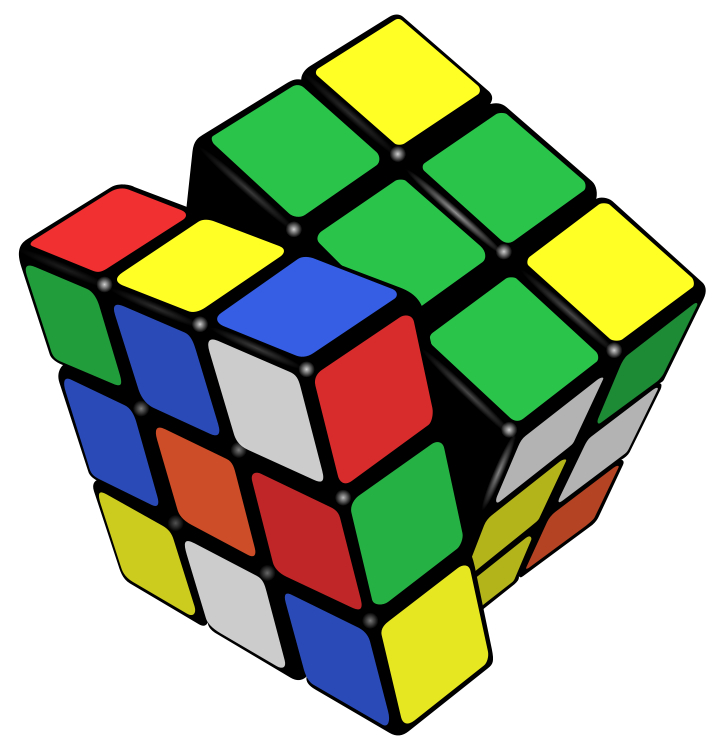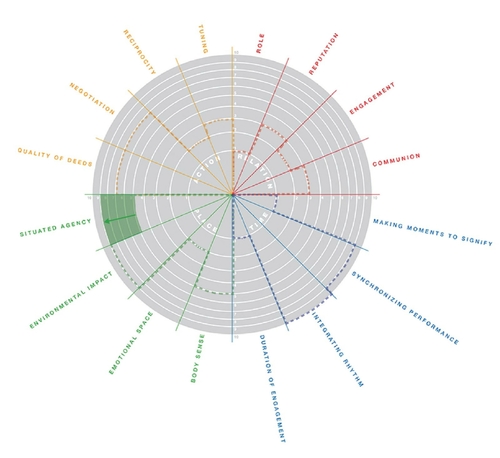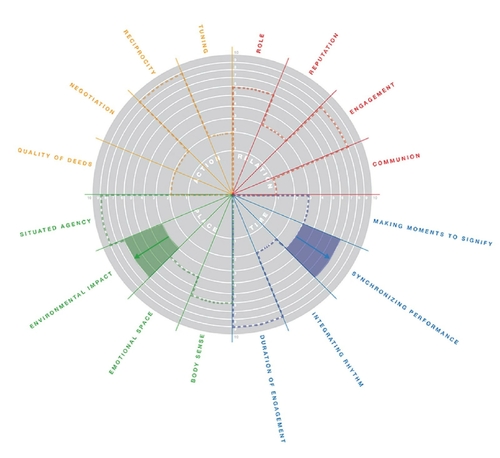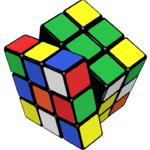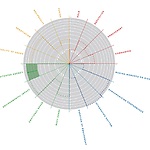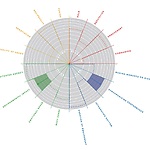Image by Booyabazooka (2006). Licensed under Creative Commons Attribution-ShareAlike 3.0 Unported.
Based on the results from the previous section, we compose the YUTPA graph of the future sub-system for both citizens and innovators (Figures 4 and 5 respectively). These graphs have the previous results as a basis, increasing the scores for situated agency, synchronizing performance and environmental impact to respectively 9, 7 and 7.
Figure 1. Future YUTPA graph for Texel citizens
Figure 2. Future YUTPA graph for Texel innovators
In the future sub-system, where the above YUTPA graphs hold, daily life looks different. We now sketch a daily life story in this future situation for both citizens and innovators.
Texel by 2065
By 2065, Texel has created a completely different innovation dynamic. People feel responsible for their direct environment and are aware of their role within the community. Acting from this role, citizens know they can make a significant contribution to their local society (environmental impact). Texel innovators have already felt this responsibility since 2015, and are happy to see their environment become engaged.
Meanwhile, Texelaars are aware of the activities of the sustainable innovators. They see the impact of these activities and feel invited to join and strengthen the impact of all Texelaars (synchronizing performance).
Alongside, Texelaars have developed knowledge about the current environmental situation and the potential benefits of sustainability for Texel. This creates a bottom-up impact, which can be seen in the high number of Texelaars contributing to sustainable initiatives, and the good communications between initiatives.
On the whole, both Texel citizens and innovators realize they have plenty of opportunities and resources to contribute to permanent innovation on Texel (situated agency). Obviously, they recognize the community gain for performing pro-environmental behaviour. But also, they see their personal gain; consisting of money, hedonic or eudaimonic well-being or happiness. This combination of incentives motivates all Texelaars to use their resources on behalf of permanent Texel innovation.
